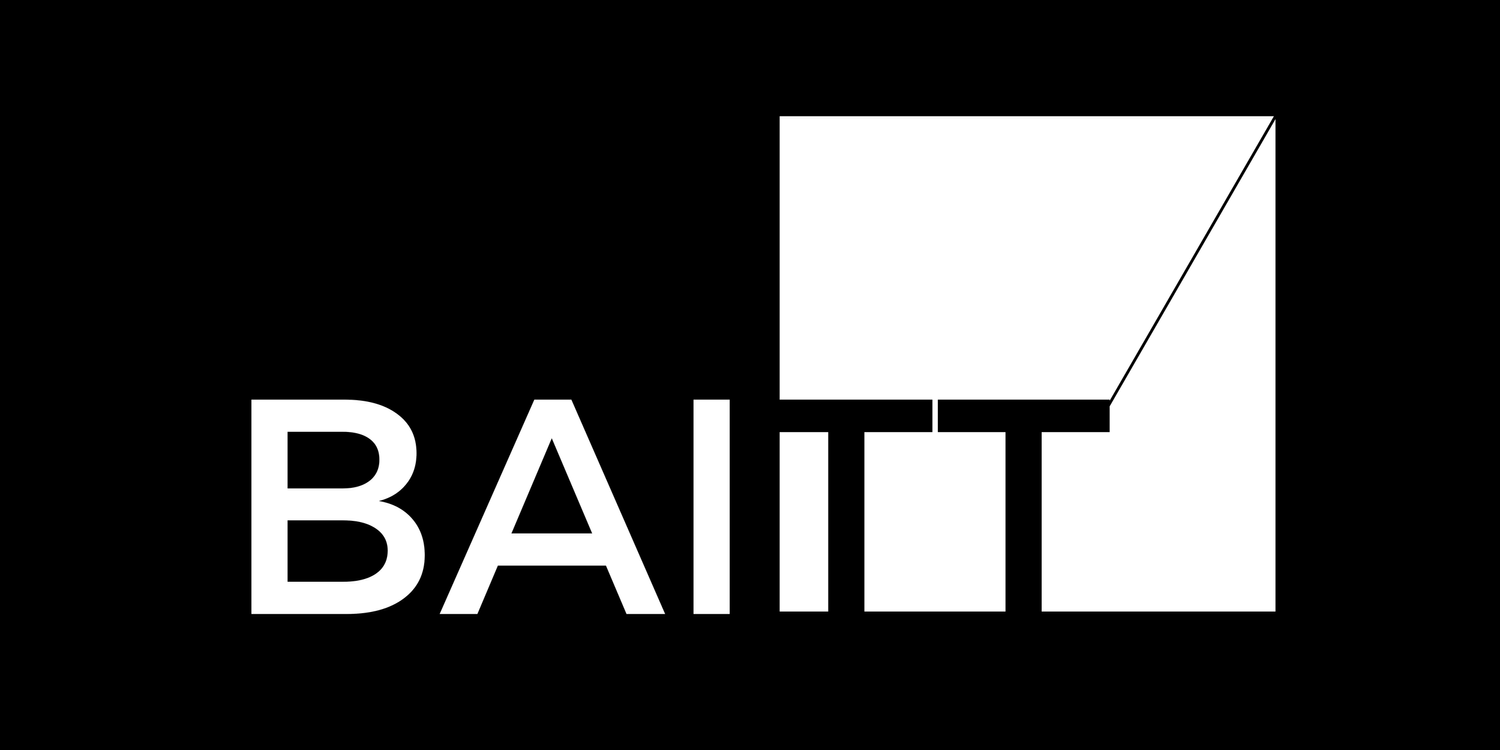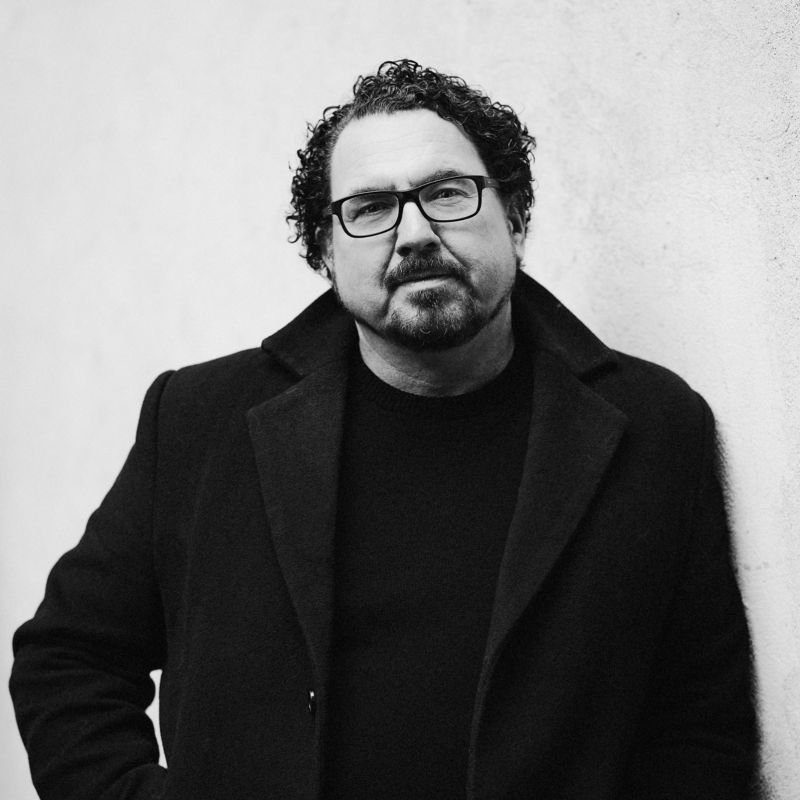Poetic Architecture
From nature, to culture, and heritage, one woven fabric, one harmonious experience.
Earlier this year we were invited to attend the opening ceremony of the European Capital of Culture 2024 in the first city north of the Arctic Circle, Bodø. Despite challenges posed by two tornados, the event drew a crowd of 20,000 and marked the beginning of a year-long celebration with over 1,000 cultural events planned. The opening ceremony included traditional performances, music, and fireworks. Sami culture was and will be a prominent theme this year, with a dedicated cultural week and inclusion in the broader program.
The European Capital of Culture program aims to bring Europeans together and has been running since 1985. Bodø shares the honour in 2024 with Tartu, Estonia and Bad Ischl, Austria. Bodø kicked off its year as a European Capital of Culture on February 3rd.
Once we reached the venue, there was an immediate sense of awe in the air. The stage was a circular, floating structure located in the middle of the water. A spiral going up, a spiral going down. There are references to it being an otolith from a cod. The piece in the ear from which you can read its age and lifeline. The stage was home for the presenters, dancers and musicians, floating in the harbour surrounded by boats and cod sculptures. A light show was projected onto the stage as well as from the stage deep into the night sky.
The sculpture presented served as the opening stage for the Bodo 2024 capital of culture ceremony and is a monumental testament to Norway's cultural and environmental legacy. The architecture of the stage incorporates several symbolic references and practical functionalities that align with the themes of heritage and light.
The structure's verticality and the light beams at its core hint at the aurora borealis itself, a natural phenomenon associated with the Arctic. The sculpture honours the ethereal dance of the northern lights, which are significant in both Norwegian and Sami cultures. The architecture is not merely imitative but interpretative, channelling the essence of the aurora through man-made media.
Its circular base and the radial pattern of ascending pillars evoke the natural cycles found in Arctic seasons and the Sami concept of time. Each pillar, possibly reminding of the wooded landscapes, progressively increases in height towards the centre, suggesting a gathering or focal point of cultural energy.
Strategically positioned lights not only highlight the stage's contours but also serve to 'bring down' the celestial light to the performers, bridging the heavens and the earth. A dramatic and almost mystical atmosphere, enhancing the performances of dancers and singers.
The stage integrates seamlessly into the surrounding harbour, complementing the floating cod sculptures. This aligns with the region's fishing heritage, a staple of the Nordic identity, and the lifeblood of coastal Norwegian communities. By doing so, the stage transcends its function as a mere performance space, becoming a harmonious extension of the cultural and physical landscape.
In conclusion, the structure is an eloquent architectural statement that is striking and impressive in its homage to Arctic heritage. It is humble, not overpowering, respectful of its context and the vast nature it represents. By using modern design to encapsulate timeless cultural and environmental motifs, it stands as a beacon of cultural pride and a hallmark of the Bodo 2024 capital of culture ceremony.
Architectural alchemy, the art of crafting spaces that resonate beyond time and place.
In the realm of architectural design, the architect's task is a small yet indispensable piece of a grand mosaic of all aspects of the event, the final image is only revealed when all pieces fall into place. This sculpture is conceived behind a desk, far away from where it came to life, this embodies a challenge. The architect has to deal with the intangibility of experience, creating not just a structure, but a vessel for memories. The true value of this design lies in orchestrating the symphony of light, nature, culture, and music—each element meticulously planned yet only reaching its peak in the spontaneous alchemy of the live performance. Only coming to life in the moment. Dancers blend into the stage as if they were part of the original blueprints, light dissolves the boundaries between the tangible and the ethereal, and the resulting show is not merely an event but a collective experience that imprints itself onto the canvas of the audience's memory. The architect's challenge is to foresee and shape these moments, these experiences from a static plan, to overcome the limitations of space and time. By drawing upon a deep understanding that 'we are what we eat, we become what we consume,' the architect aims to nourish the soul with beauty and meaning. What was once lines on paper, in a different time and space, now becomes the emotional architecture of the moment, binding all elements in a transient, yet everlasting, connection.
The human behind the architect
Hans Petter Bjørnådal, who focusses on Poetic Architecture managed to create an opening stage that outlived the structure, merging landscape, culture, and the narratives of the North. His approach, a meticulous choreography of form and function, draws inspiration from the very essence of nature itself.
Bjørnådal's designs are not constructed; they are composed, each line a verse, every angle a ‘stanza’ in a grand poetic expression that pays homage to the delicate balance of nature and the human spirit.
Hans Petter Bjørnådal
“Architecture must always be holistic and poetic”
In Bodø, his vision materialised as a symphony of light and shadow, wood and water, orchestrating an ambiance where each element carried a lyricism of its own. Bjørnådal's philosophy holds that architecture should be a mirror to the soul of its environment, capturing the silent music of its surroundings. His stage for the Bodø 2024 ceremony was a testament to this belief—a space where the Sami's ancient dialogue with nature was given form in modern lines, where the whispers of the Arctic winds were harnessed in the structure itself.
Bjørnådal’s work in Bodø was a physical manifestation of memory and anticipation, each spectator's breath a part of the living architecture, every performance a layer in its evolving narrative. It stood not as an imposition on the landscape but as an invitation to a deeper understanding, a gateway to where the poetry of the Arctic found its voice in wood, in light, in the convergence of past, present, and future. Something deeper, something more meaningful, something more timeless. Maybe that we can call, true connection.
The masters behind the overall experience were the talented team from phase7 performing.arts Berlin under supervision from artistic director Sven Sören Beyer. They created and orchestrated the full set of arts into one harmonious experience, etching this impressive event onto little neurons in over 20000 people who now carry a piece of this with them all over the world.
An impression of the closing the ceremony:







